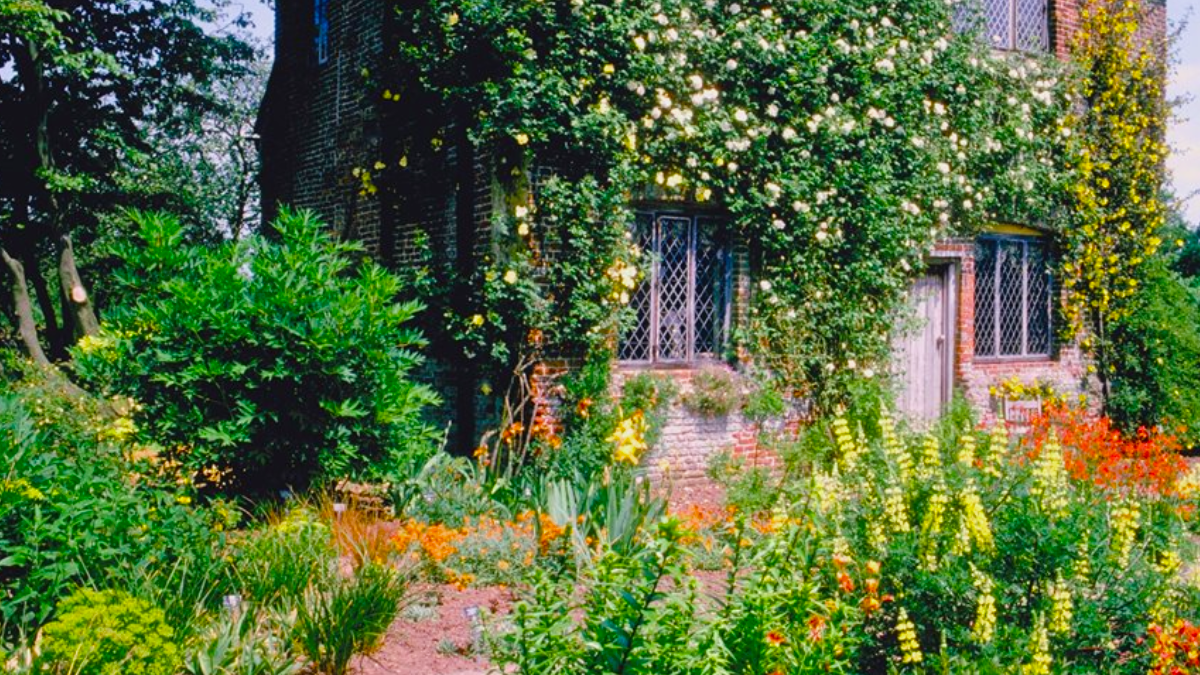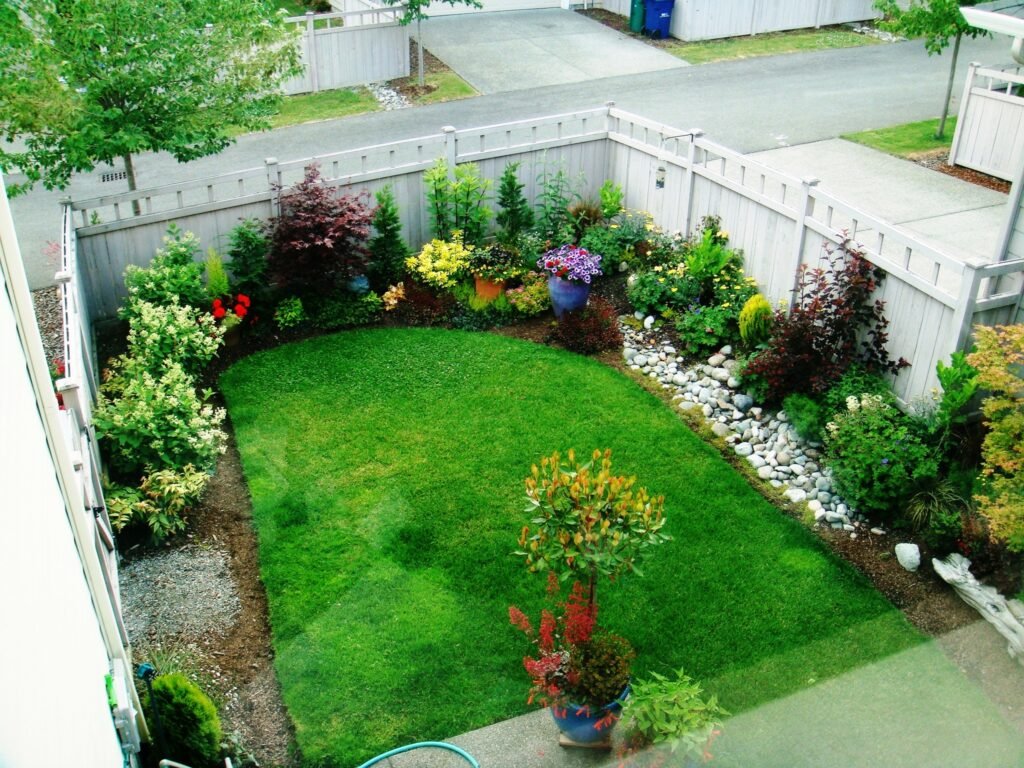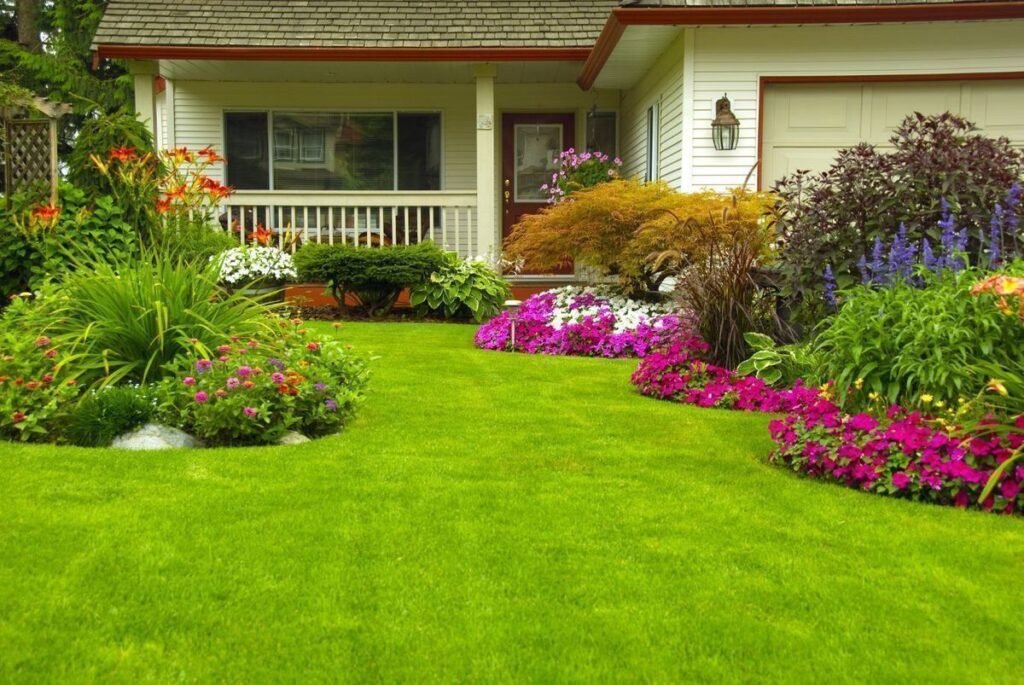
Welcome to the vibrant world of landscape design, where nature’s canvas meets the psychology of color. As a seasoned 30-year-old designer in the United States, I have witnessed the transformative power of color in shaping outdoor spaces.
In this blog post, we will explore the profound impact of color psychology in landscape design, delving into its importance, the step-by-step process, practical tips, and even addressing budget considerations. Let’s embark on a journey to create outdoor havens that resonate with emotions and elevate the aesthetic appeal.
The Importance of Color Psychology in Landscape Design
Color psychology plays a pivotal role in influencing emotions, mood, and perception. In the realm of landscape design, understanding the psychological effects of colors enables us to craft spaces that evoke specific feelings. Whether it’s creating a tranquil retreat or an energizing environment, the right color palette can make a significant difference.
Step-by-Step Process To Choose Perfect Color
1. Analyzing the Space
Begin by assessing the landscape’s existing elements – the terrain, existing vegetation, and architectural features. Consider the climate and natural light conditions, as these factors will influence how colors appear in different seasons.
2. Setting the Mood with Colors
Identify the desired mood for the outdoor space. Earthy tones like greens and browns can create a calm and grounding atmosphere, while vibrant hues like blues and yellows add energy and playfulness.
3. Selecting a Color Palette
Choose a cohesive color palette that harmonizes with the surroundings. Utilize the color wheel to create balance – complementary colors for contrast, analogous colors for harmony, and monochromatic schemes for a sophisticated look.
4. Integrating Focal Points
Highlight key features or focal points with strategic color placement. Whether it’s a vibrant flower bed, a colored pathway, or an accent wall, focal points draw attention and create visual interest.
5. Considering Seasonal Changes
Anticipate how colors will evolve with the changing seasons. Opt for evergreen plants or incorporate seasonal blooms to ensure year-round visual appeal.
What to Do: Implementing Color Psychology in Your Landscape Design
1. Plant Selection
Choose plants not only for their visual appeal but also for the emotions they evoke. Cool-toned plants like lavender and blue fescue can instill a sense of calm, while warm-toned flowers like sunflowers and marigolds bring vibrancy.
2. Hardscape Elements
Integrate color through hardscape elements such as patios, pathways, and decorative structures. Stained concrete, colored pavers, or even painted furniture can inject personality and style into the outdoor space.
3. Exterior Paint Choices
Consider the exterior colors of your home when selecting paint for structures like fences, sheds, or pergolas. Coordinating these elements creates a cohesive look, tying the landscape to the architecture.
4. Lighting Effects
Explore the use of colored lighting to enhance the ambiance during the evening. Warm-toned lights create a cozy atmosphere, while cooler tones can add drama and sophistication.
5. Water Features
Incorporate water features like fountains or ponds to introduce reflective surfaces that enhance color vibrancy. The interplay of water and light can elevate the overall sensory experience.

How to Do It: Practical Tips for Successful Implementation
1. Start Small
Experiment with color in a limited area before making large-scale changes. This allows you to gauge the impact and make adjustments as needed.
2. Test Paint Samples
Before committing to a color for exterior structures, test paint samples in different lighting conditions. Colors can appear differently in natural sunlight versus shade.
3. Embrace Neutrals as Anchors
Balance bold colors with neutral tones to avoid overwhelming the space. Neutrals act as anchors, providing a backdrop that allows vibrant hues to shine.
4. Consistency Across Seasons
Ensure year-round appeal by incorporating evergreen plants or elements with enduring color. This maintains visual interest even when seasonal blooms fade.
5. Personalize with Accents
Infuse personal style through colorful accessories like cushions, outdoor rugs, and garden art. These accents are easy to change, allowing for seasonal updates or evolving preferences.
Budget Requirements: Creating a Colorful Landscape on a Budget
Landscape design need not break the bank. With strategic planning and creative choices, you can achieve a stunning outdoor space on a budget.
1. DIY Painting
Revitalize existing structures with a fresh coat of paint. DIY painting is a cost-effective way to transform fences, planters, or even garden furniture.
2. Propagation and Seed Swapping
Save on plant costs by propagating existing plants or participating in seed swaps with fellow gardeners. This not only reduces expenses but also adds a personal touch to your landscape.
3. Upcycling and Repurposing
Get creative with upcycling – repurpose old containers, pallets, or furniture to add unique elements to your outdoor space. This not only saves money but also contributes to sustainable design.
4. Seasonal Sales and Clearance
Take advantage of seasonal sales and clearance events to acquire plants, outdoor decor, or even furniture at discounted prices. Planning purchases around these opportunities can significantly cut costs.
5. Gradual Implementation
Transforming your landscape doesn’t have to happen overnight. Gradually implement changes based on your budget, allowing you to prioritize key elements while spreading out expenses.
Pro Tips for an Exceptional Color-Infused Landscape
- Consider Microclimates: Understand the microclimates within your garden – areas with different sun exposure, wind patterns, or moisture levels. Choose plants and colors that thrive in each microclimate.
- Texture Matters: Incorporate a variety of textures in plants and materials. Contrasting textures enhance visual interest, even in a monochromatic color scheme.
- Maintain Balance: Aim for a balance between warm and cool tones. Too much of one can create an imbalanced or overwhelming visual experience.
- Seasonal Variety: Plan for seasonal variety by incorporating plants with different bloom times. This ensures a dynamic and ever-changing landscape throughout the year.
- Adapt to Local Flora: Work with the natural landscape and local flora. Native plants not only thrive in the environment but also contribute to the overall ecological health of the area.

Frequently Asked Questions [FAQs]
How does color impact mood in landscape design?
Colors evoke emotions and influence mood. Warm tones like reds and yellows can create energy, while cool tones like blues and greens induce calmness and tranquility.
What are the best colors for a relaxing outdoor space?
Soft greens, blues, and earthy tones are ideal for creating a relaxing outdoor space. These colors mimic nature and promote a sense of serenity.
Can color be used to make a small space appear larger in landscaping?
Yes, lighter colors can visually expand a small space. Light greens, blues, and pastels create an open and airy feel.
How can I incorporate color into a drought-tolerant landscape?
Choose drought-tolerant plants with vibrant foliage or flowers. Additionally, consider colored gravel, stones, or mulch to add visual interest.
Are there specific colors that attract wildlife to a garden?
Bright, pollinator-friendly colors like purples, pinks, and yellows attract butterflies, bees, and other beneficial wildlife to a garden.
Read More: Ultimate DIY Guide To Create Sustainable and Low-Maintenance Gardens
The Conclusion
In conclusion, the role of color psychology in landscape design is a nuanced and exciting journey. By harnessing the power of color, you can transform your outdoor space into a haven that not only appeals visually but also resonates with emotions. Whether you’re on a tight budget or looking to make a bold statement, incorporating color into your landscape design adds a personal touch that enhances the overall experience. Happy designing!
